The Complete Guide to Home Gardening 2025 – Grow Your Garden Like a Pro
In 2025, home gardening has become a top hobby for many people. It’s not just fun, but also good for your health and the environment. Gardening allows you to grow your own food, which can save money and reduce the use of chemicals in your diet. More people are turning to gardening because it’s a great way to reconnect with nature.
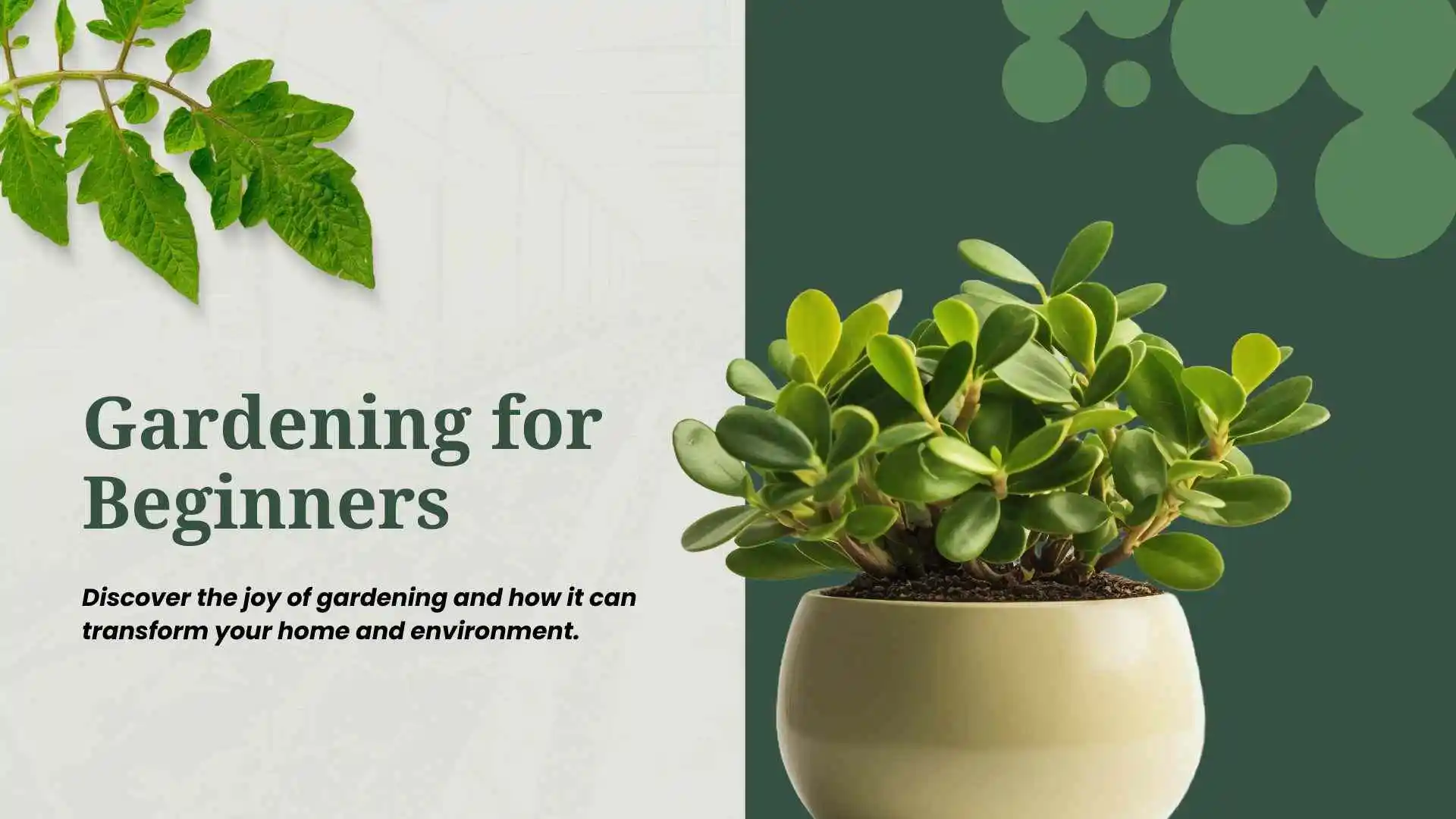
Not only does it provide fresh, organic produce, but it also helps improve mental well-being. Studies show that spending time in nature and tending to plants can lower stress and boost happiness. Whether you have a small balcony or a spacious backyard, home gardening can offer amazing benefits.
If you want to learn how to grow Vegetable and explore their benefits then please visit Vegetable Gardening.
Starting Your Home Gardening Journey in 2025
Starting a garden in 2025 is easier than ever, even if you’ve never gardened before. With the right steps and tools, anyone can start their own garden, whether it’s small or large. All you need is a little patience and the desire to learn.
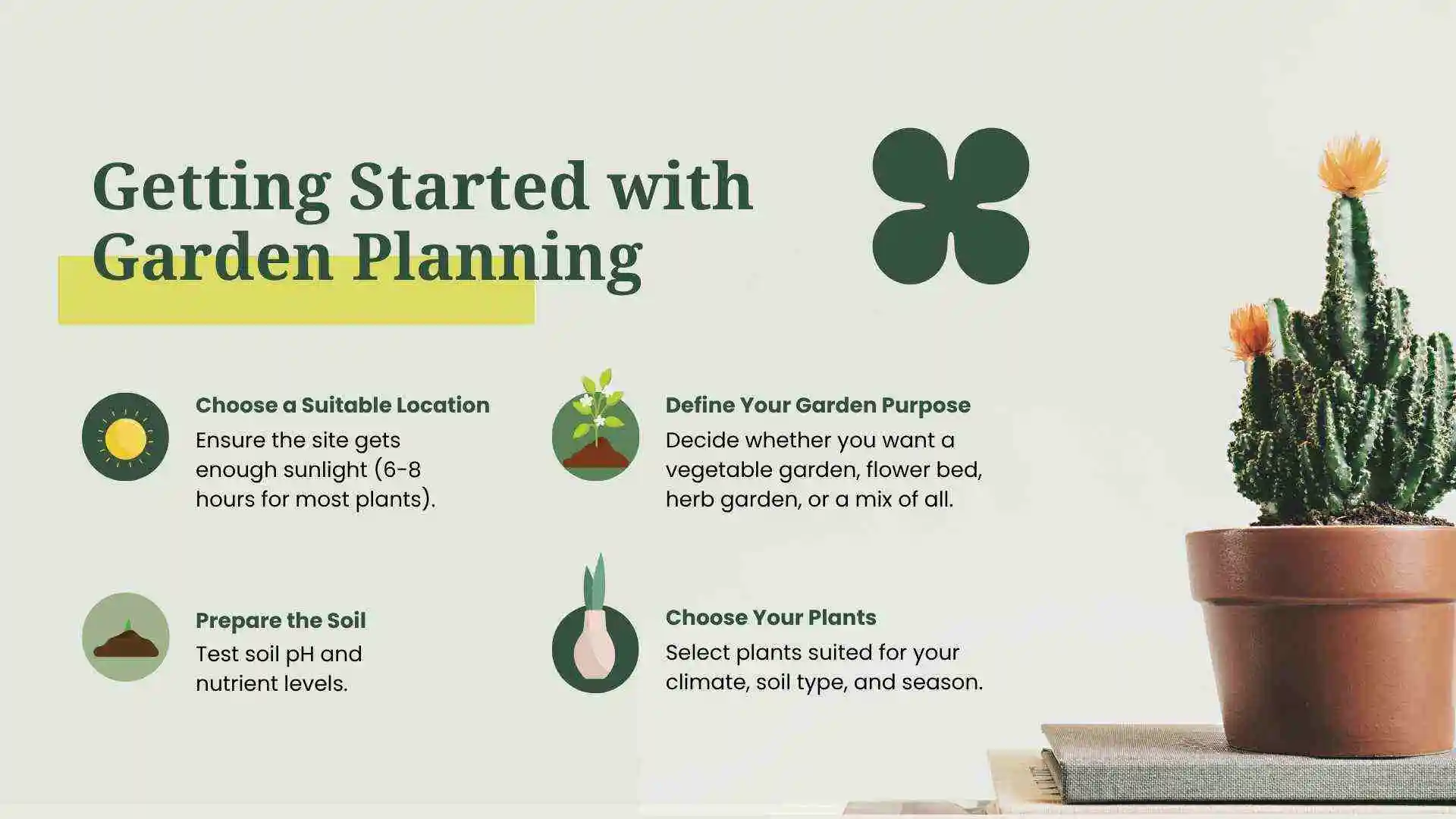
Step by Step Guide to Getting Started with Home Gardening
How to Choose the Right Garden Type for Your Space
Your garden type depends on the space you have. If you have a small balcony, container gardening is a great option. For larger spaces, raised beds or traditional in-ground gardens work well. Choose what fits your space and needs for a productive gardening experience.
Essential Gardening Tools You Need in 2025
The right tools can make gardening much easier and more enjoyable. With the proper equipment, you can save time and effort while maintaining a beautiful garden. These tools are an investment in making your gardening journey successful.
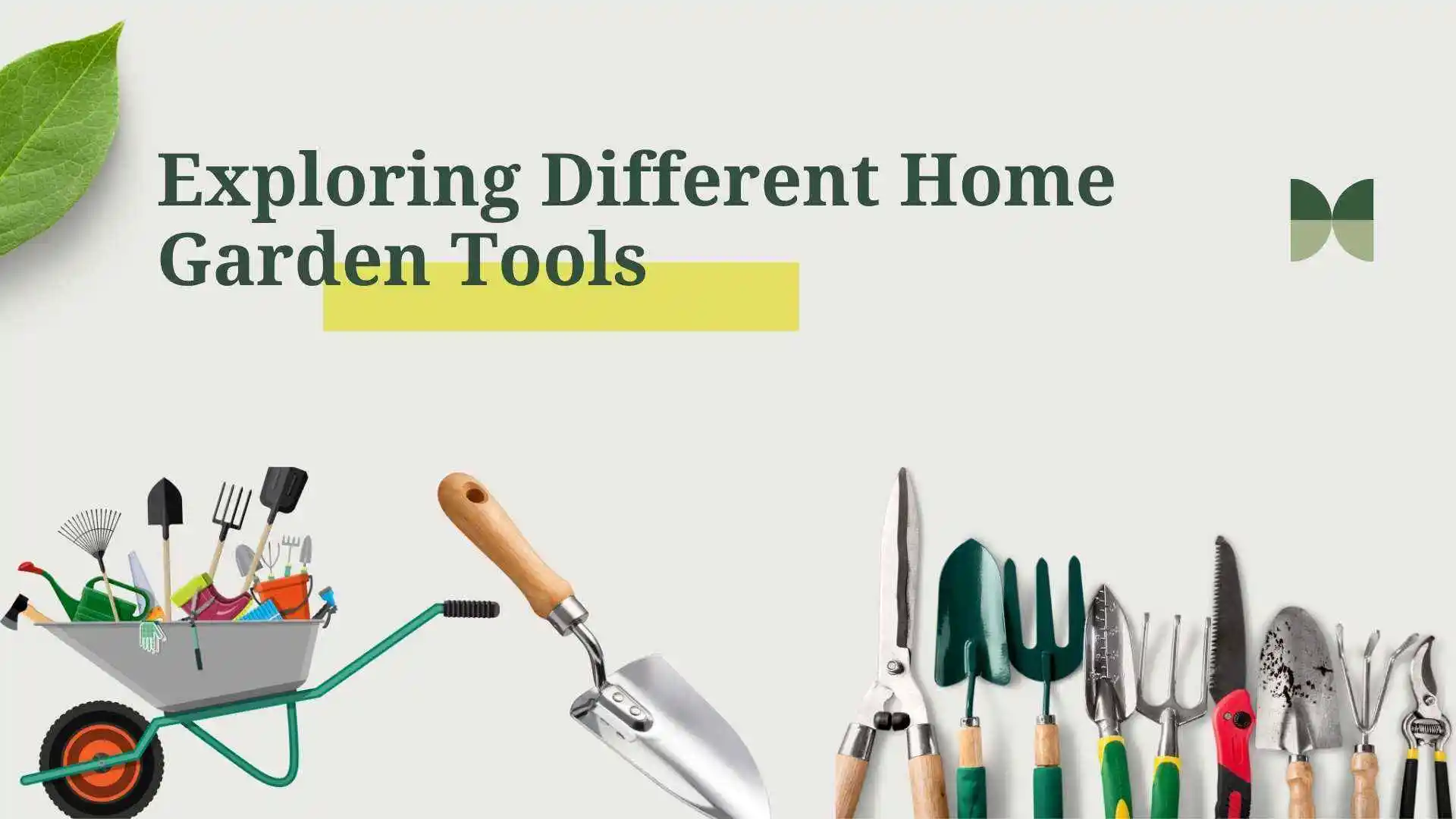
Must Have Tools for Every Home Gardener
Some essential tools every gardener needs are:
Specialized Tools for Specific Gardening Tasks
For more specific home gardening needs, you may want specialized tools:
How to Choose the Best Gardening Tools for Your Needs
Choose tools that match your gardening goals. Look for durable, comfortable options that help you complete tasks efficiently. High-quality tools might cost more upfront but will save you money over time by lasting longer.
Discover the Personal & Environmental Benefits of Gardening
Home gardening helps reduce your carbon footprint by growing food right at home. You can grow vegetables, fruits, and herbs without relying on grocery stores that use harmful pesticides. Plus, gardening encourages a healthier lifestyle by promoting physical activity and better eating habits.
Gardening also has mental health benefits. It allows you to unwind, relax, and focus on something positive. The sense of accomplishment that comes from growing your own plants adds to your well-being.
How Gardening Boosts Your Health and Happiness
Home gardening is more than just a hobby – it’s great for your body and mind. It helps you stay active and promotes physical exercise. Simple tasks like digging, weeding, and watering can improve your overall fitness.
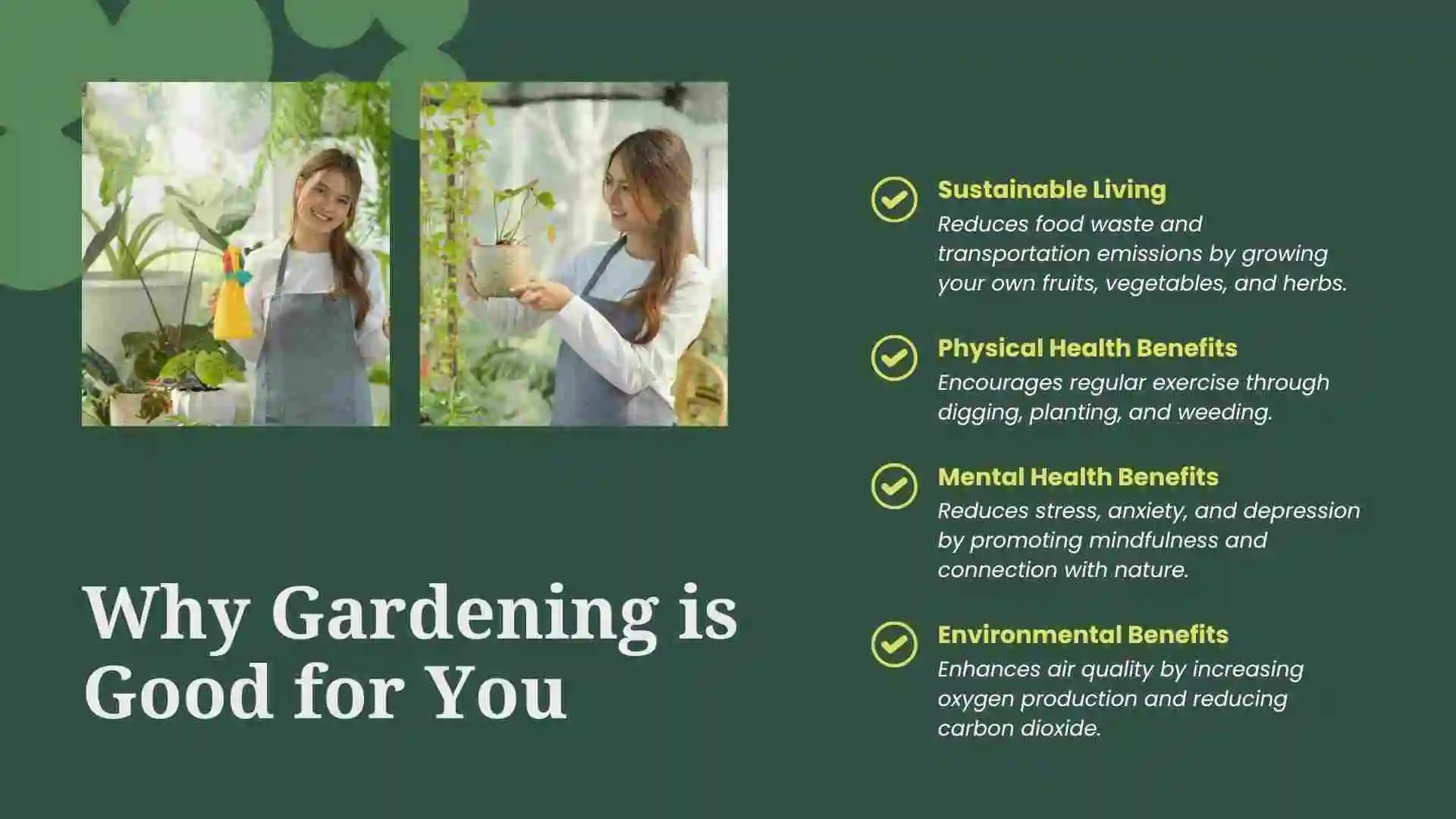
It also helps you eat healthier by giving you fresh produce straight from your garden. Being outside and taking care of plants can also reduce anxiety and improve mood. So, if you’re looking for a hobby that benefits both your health and happiness, gardening is a fantastic choice.
Growing Your Own Food at Home
Growing food at home is both fun and rewarding. By planting your own vegetables and herbs, you can enjoy fresh, organic produce. It’s a great way to reduce grocery bills and eat healthier.
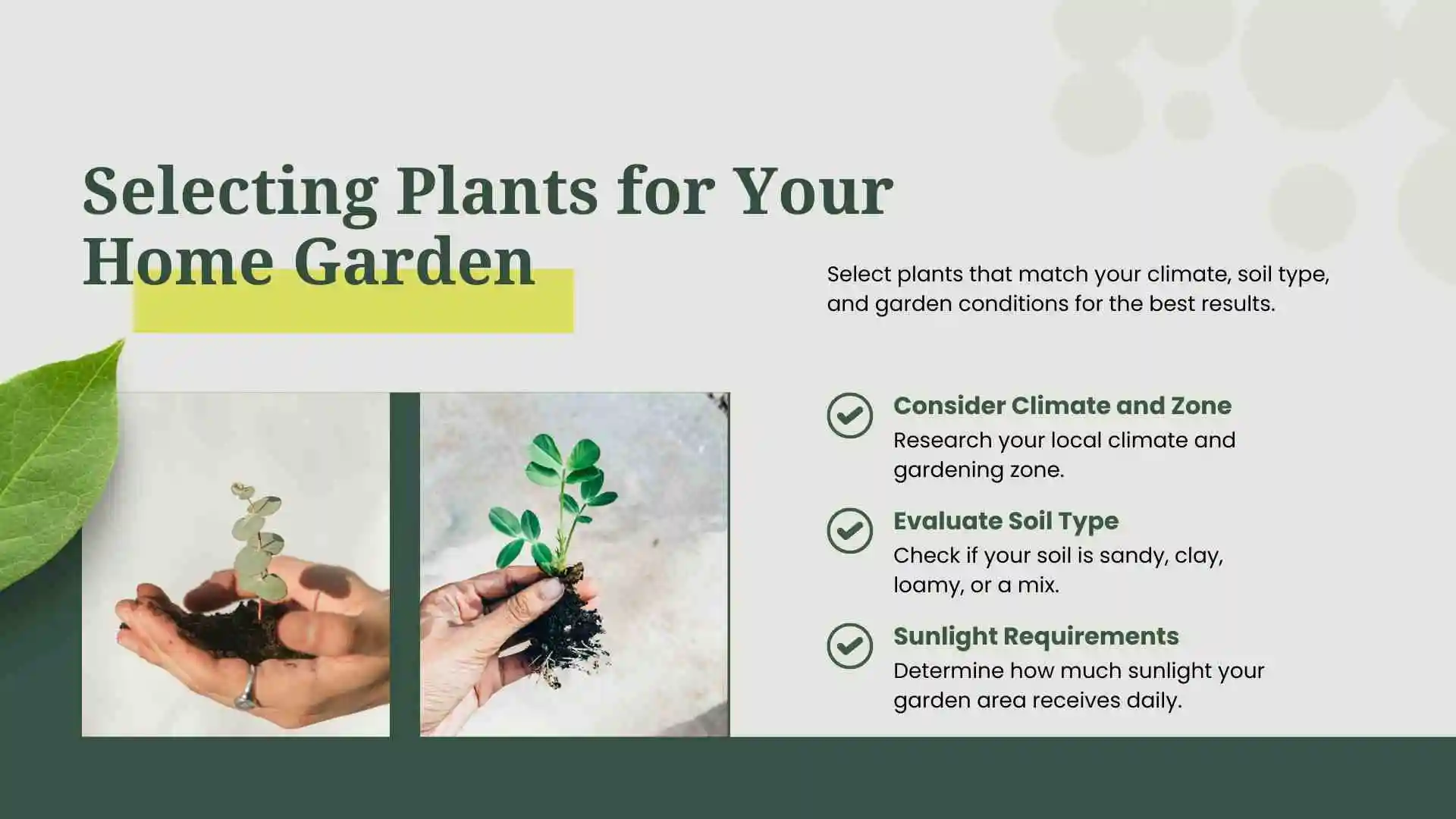
The Complete Guide to Growing Vegetables at Home
Start with simple, beginner-friendly vegetables like tomatoes, lettuce, and carrots. These are easy to grow and perfect for new gardeners. By following a few basic steps, you can have fresh, home-grown veggies in no time.
Best Vegetables for Containers and Small Spaces
If you have limited space, try growing in containers. Great vegetables for small spaces include:
These plants grow well in small pots and can thrive in a limited area.
How to Grow Heat Tolerant Lettuce Varieties
In warmer climates, heat-tolerant lettuce varieties such as Romaine and Butterhead are ideal. These types resist bolting and can grow in hot temperatures, providing fresh greens throughout the summer.
Planning Your Garden – From Concept to Completion
Planning your garden well is key to its success. By preparing ahead, you can ensure your garden grows smoothly and flourishes. Start with a solid plan, and your garden will thrive.
How to Plan Your First Garden – Key Steps to Follow
Innovative Home Gardening Design Ideas for Small Spaces
If you’re gardening in a small space, use vertical gardening, raised beds, or hanging pots to save space. These methods help you grow more in less area, making the most of every inch.
Best Practices for Thriving Home Gardens
To have a successful home garden in 2025, you need to adopt some best practices. Healthy plants require the right environment and care. Knowing the key techniques can ensure that your garden flourishes throughout the year.
Top Tips for Growing Healthy Plants at Home
How to Prevent and Manage Common Garden Pests
Dealing with pests is part of every gardener’s journey. To keep your garden healthy, use natural methods such as:
Essential Home Gardening Techniques for Better Growth
Adopting the right home gardening techniques can improve plant health and increase yields. Here are some techniques to consider:
Advanced Gardening Tips for 2025
If you’ve mastered the basics and are looking to take your gardening skills to the next level, try these advanced techniques. 2025 brings new ideas for eco-friendly and sustainable gardening that will enhance your results.
Eco Friendly Gardening – Sustainable Practices for a Healthier Garden
Sustainability is key for today’s gardeners. Use eco-friendly practices such as:
How to Create a Wildlife Friendly Garden
Encouraging wildlife in your garden benefits both the environment and your plants. Create a habitat by:
Advanced Techniques – The Three Sisters Planting Method
The Three Sisters method is a Native American technique where corn, beans, and squash are planted together. Each plant helps the others grow:
Seasonal Gardening Tips – Year Round Care
Gardening doesn’t stop with the changing seasons. To maintain a healthy garden throughout the year, you need to adapt to the weather conditions. These seasonal tips will help you keep your garden thriving in every season.
How to Transition Your Garden Through Seasons
As the seasons change, your gardening routine will also need adjustments. For example:
Preparing Your Garden for Winter Protection
In colder climates, your garden will need protection during winter. Some strategies include:
What to Plant in the Fall for Spring Harvests
Fall is a great time to plant for a spring harvest. Some vegetables to plant in the fall include:
These plants will grow through the winter and be ready to harvest in early spring.
Harvesting and Maintenance Tips for a Productive Garden
The joy of home gardening comes when it’s time to harvest your crops. Proper maintenance and care throughout the growing season can help ensure a bountiful harvest.
Techniques for Proper Harvesting
For fruits like tomatoes, harvesting early can sometimes be beneficial, especially if you’re in a region with early frosts.
Maintaining Your Garden for Continuous Growth
After harvesting, it’s important to maintain your garden for future growth:
Troubleshooting Common Gardening Problems
No garden is perfect, and sometimes things don’t go as planned. Knowing how to troubleshoot common problems can help you get back on track and keep your plants healthy.
How to Fix Leggy Seedlings and Yellowing Tomato Leaves
Leggy seedlings often mean they’re not getting enough light. To fix this:
Yellowing tomato leaves can be a sign of nutrient deficiencies or disease. Try:
How to Manage Overwatering & Underwatering Issues
Watering is crucial for plant health. If your plants are overwatered or underwatered:
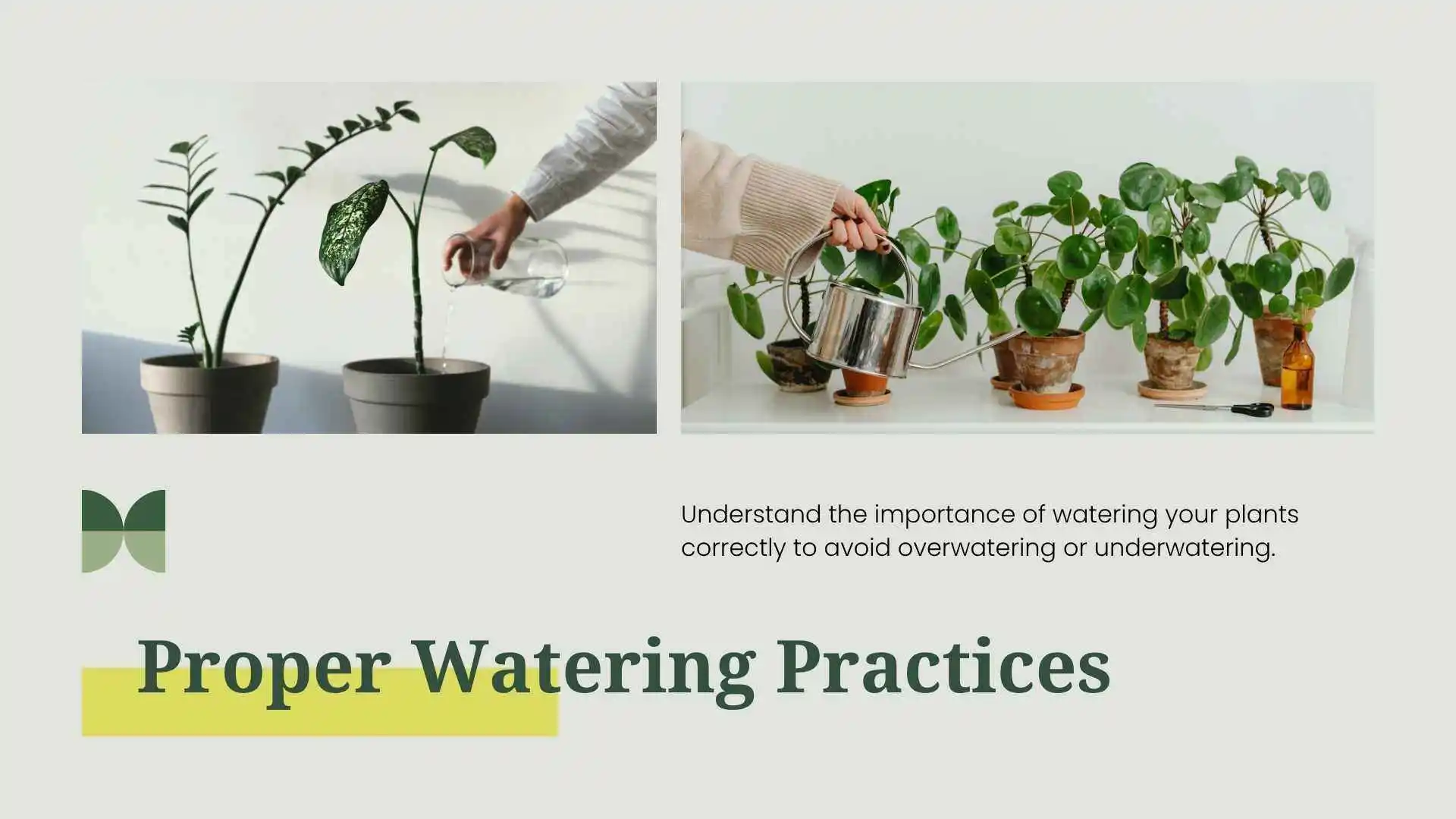
Dealing with Pests – Natural Solutions to Keep Your Garden Pest Free
To keep your garden free of pests without chemicals, use natural solutions like:
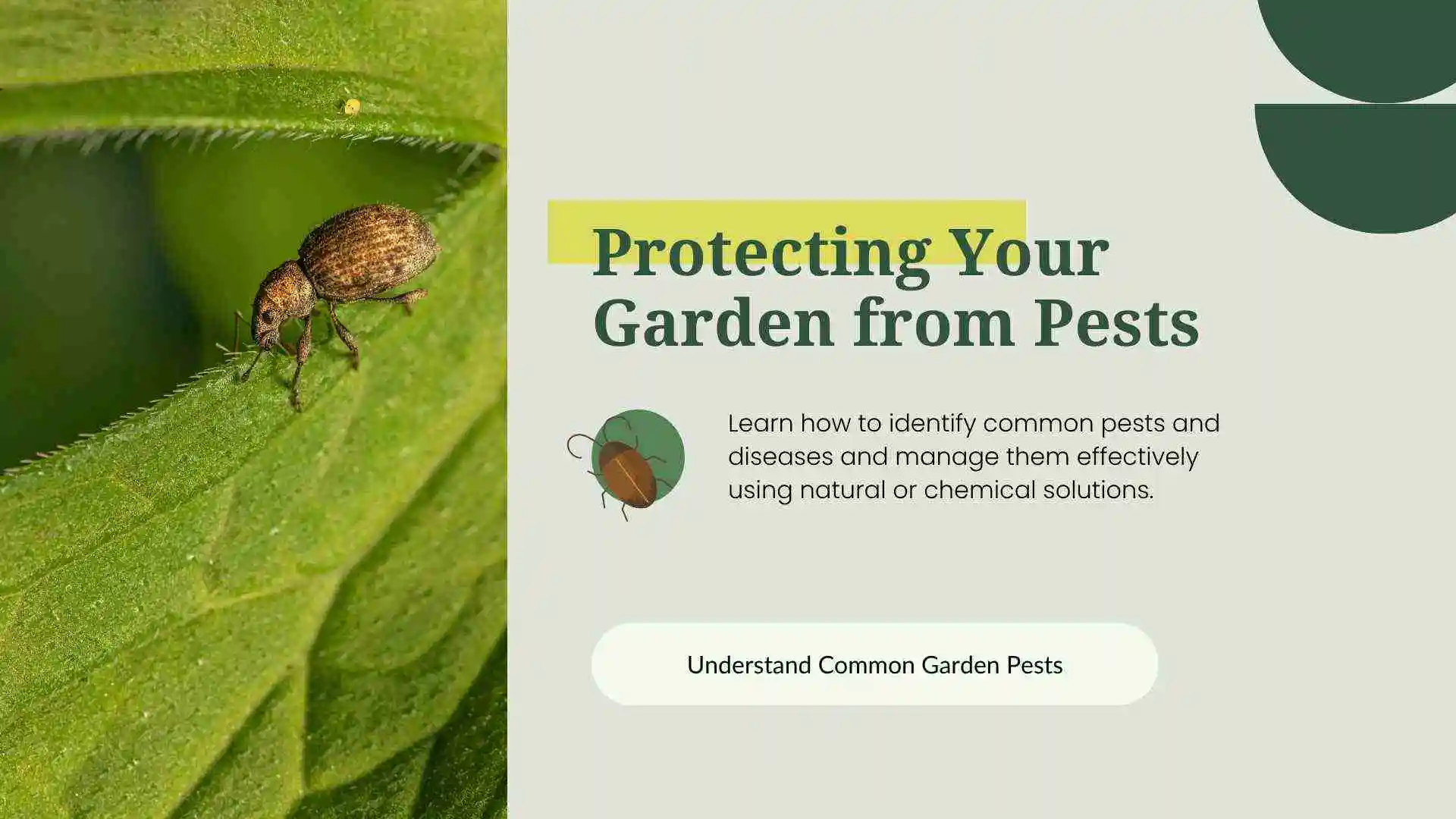
Sustainable Gardening Practices
As people become more conscious about the environment, sustainable gardening practices are more important than ever. In 2025, adopting eco-friendly methods will help conserve resources and reduce your garden’s environmental impact.
Building a No Dig Garden for Healthier Soil
The no-dig method is a great way to promote healthy soil without disturbing its structure. Instead of digging or tilling, you simply add layers of organic materials like compost and mulch on top of the soil. Over time, these layers break down and enrich the soil, creating a nutrient-rich environment for your plants to thrive.
This method has several benefits:
Using Organic Fertilizers and Composting Effectively
Using organic fertilizers and composting is key to maintaining a sustainable garden. Organic fertilizers, such as compost or manure, improve soil fertility without harming the environment. Composting kitchen scraps and yard waste creates rich, nutrient-dense soil that supports healthy plant growth.
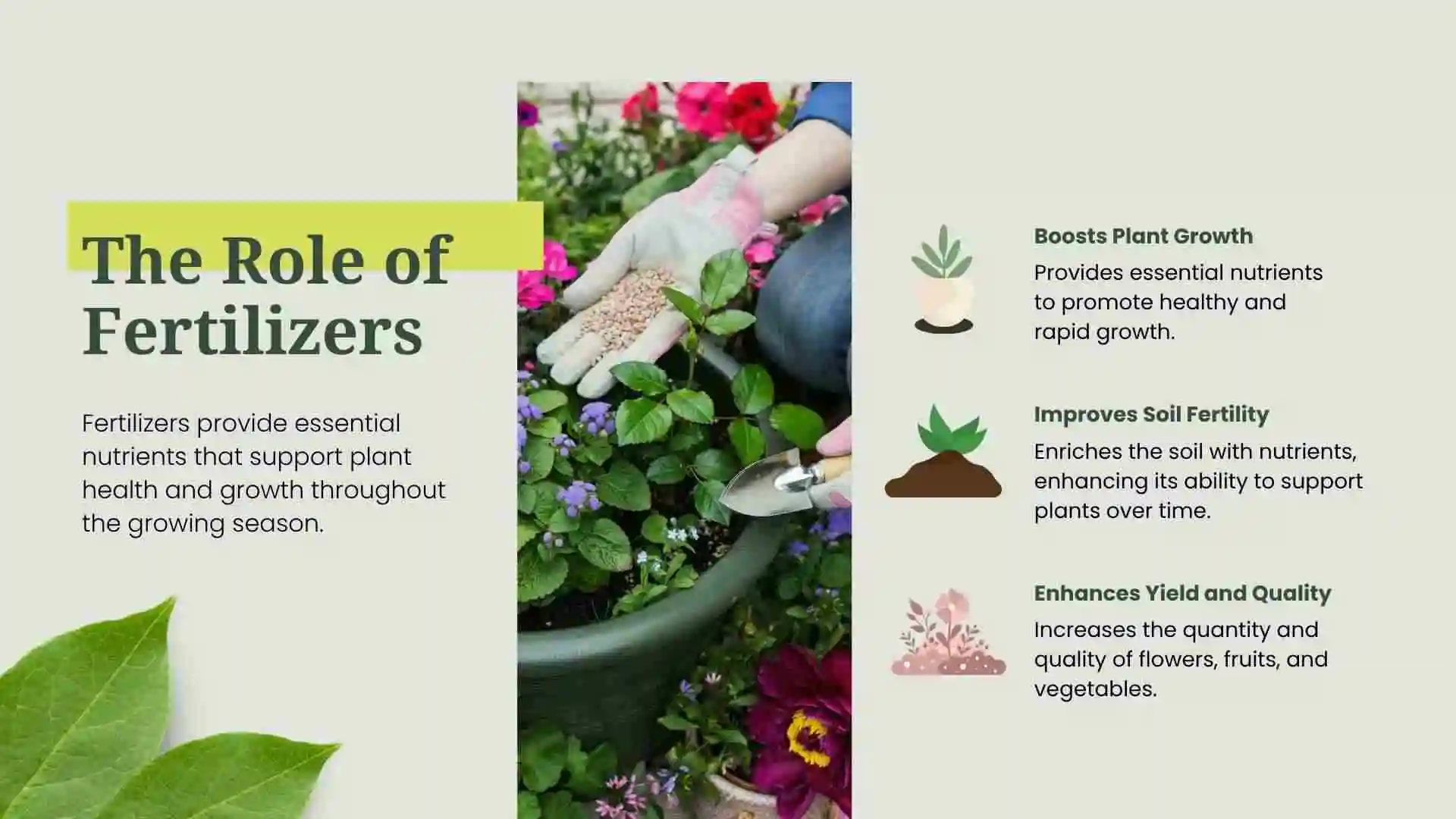
Here’s how to compost effectively:
How to Protect Your Garden from the Elements
Protecting your garden from harsh weather conditions is crucial, especially in regions with extreme temperatures. Use the following strategies:
Popular home Gardening Resources and Tools You Can’t Miss
Gardening tools and resources are essential for both beginners and experienced gardeners. There are many helpful tools available in 2025 that can make your gardening journey smoother and more enjoyable.
Gardening Tools and Resources Every Gardener Should Know About
How to Make Your Own Seed Starting Mix for Healthier Plants
Making your own seed-starting mix can save you money and help your plants grow stronger. Here’s a simple recipe:
Mix these ingredients together, and you have a lightweight, well-draining mix ideal for starting seeds indoors.
Home Gardening Trends to Watch in 2025
As gardening continues to grow in popularity, new trends are emerging that reflect both technological advancements and a greater emphasis on sustainability. Staying on top of these trends can give you an edge in growing a successful and modern garden.
The Latest Trends in Home Gardening for 2025
Eco Friendly and Sustainable Garden Designs
Eco friendly garden designs are becoming a must-have for many gardeners. Sustainable designs include:
Conclusion
Starting a home gardening in 2025 is easier and more rewarding than ever. Whether you have a small balcony or a spacious backyard, you can grow your own food, reduce your carbon footprint, and improve your mental and physical health. With the right tools, techniques, and a little patience, anyone can start their gardening journey and enjoy the benefits of fresh, organic produce right at home.
Remember, gardening is not just about plants; it’s about creating a healthier, more sustainable lifestyle. By following the steps and tips provided in this guide, you can enjoy a thriving garden throughout the year. Keep experimenting, learning, and growing, and soon enough, your garden will become a source of joy and pride.
